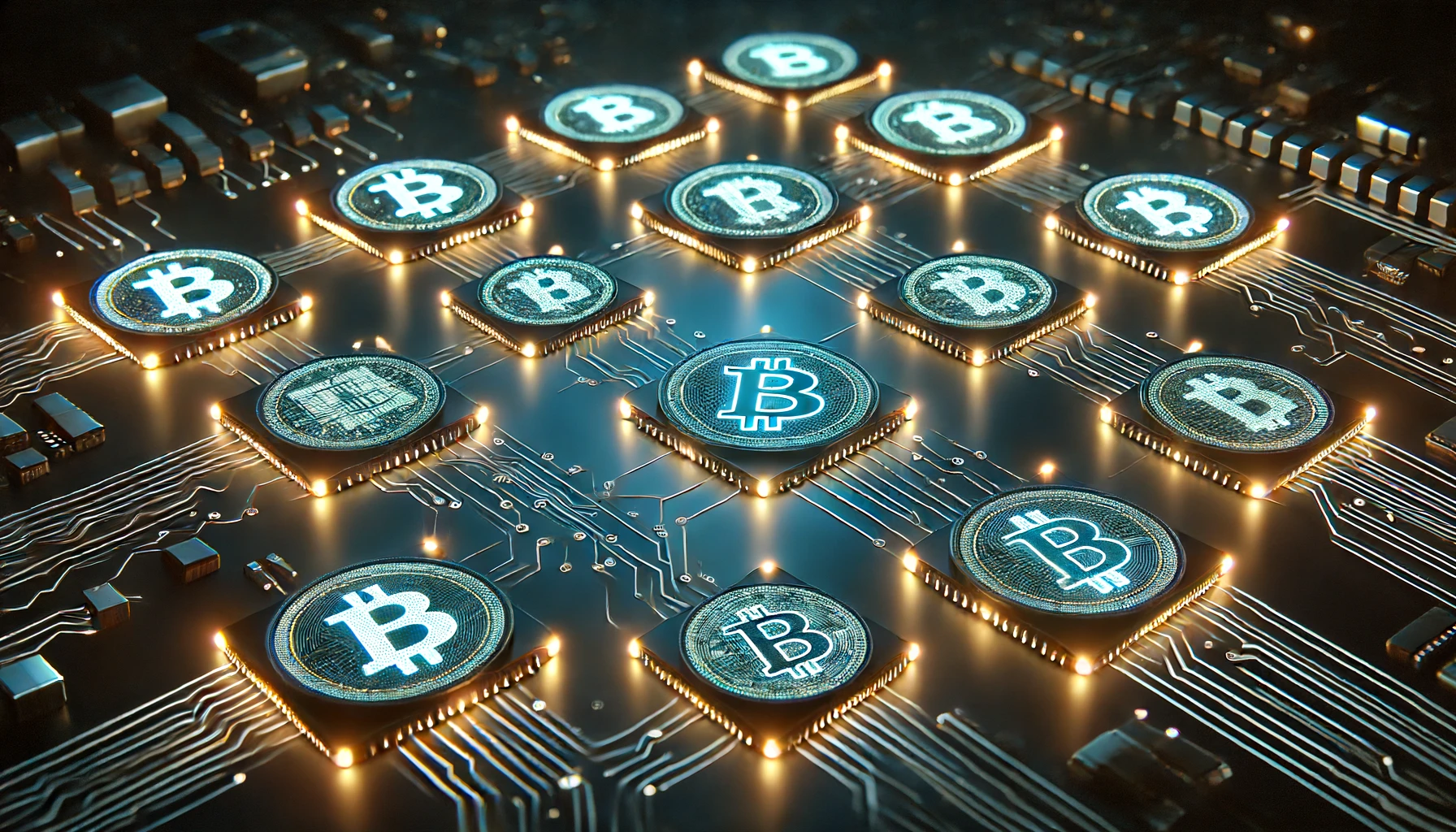Maker (MKR), the governance token of the MakerDAO protocol, has seen a significant price increase of 7.47% following the launch of the MakerDAO Investment Trust by Grayscale. This positive price movement is accompanied by a notable rise in network activity, reflecting increased market interest and confidence in MakerDAO’s on-chain credit protocol and Real-World Assets (RWAs).
Points
- Maker (MKR) price jumped by 7.47% after Grayscale launched the MakerDAO Investment Trust.
- Network activity for MakerDAO has increased, signaling growing user engagement and interest.
- The surge in price and activity suggests rising confidence in MakerDAO’s protocol and RWAs.
- Short-term holders are showing increased accumulation, further boosting market sentiment.
Maker (MKR), the governance token of the decentralized finance (DeFi) protocol MakerDAO, has experienced a significant price increase, rising by 7.47% within the last 24 hours. This surge follows the announcement by Grayscale, a leading digital asset manager, of the launch of the MakerDAO Investment Trust. This trust provides institutional investors with exposure to Maker (MKR), allowing them to benefit from MakerDAO’s innovative on-chain credit system and its growing portfolio of Real-World Assets (RWAs).
The introduction of the MakerDAO Trust by Grayscale has not only bolstered MKR’s price but has also led to a notable uptick in network activity. Data from blockchain analytics firm Santiment reveals a sharp increase in the number of active addresses on the Maker network. Active addresses are a key metric for gauging user engagement, as they indicate how many unique wallet addresses are involved in transactions over a given period. The rise in this metric suggests that more users are interacting with the Maker protocol, possibly due to renewed interest sparked by Grayscale’s endorsement.
The increased activity is a positive sign for the Maker ecosystem, reflecting broader market confidence in the protocol’s long-term viability and the value of its RWAs. MakerDAO’s RWAs include assets such as real estate and trade receivables, which are used to back the issuance of its stablecoin, DAI. This integration of traditional assets into the blockchain space has been a key factor in MakerDAO’s appeal to institutional investors, who see it as a way to bridge the gap between decentralized finance and the traditional financial system.
In addition to the rise in network activity, the number of short-term holders of MKR has also seen a significant increase. Data from IntoTheBlock shows that addresses holding MKR for less than 30 days have surged, indicating growing confidence in the asset’s short-term potential. This accumulation by short-term holders is often a precursor to further price gains, as it suggests that investors are optimistic about MKR’s immediate future.
Technically, MKR’s recent price action suggests that the token could be on the verge of a more extended rally. The Relative Strength Index (RSI), a momentum indicator, shows that MKR was previously oversold but has since rebounded, indicating renewed buying pressure. If this momentum continues, MKR could break through key resistance levels, with the next target price range between $2,354.73 and $2,537.86.
However, it’s important to note that this bullish outlook is contingent on sustained network activity and continued accumulation by both short-term and long-term holders. A decline in either of these metrics could lead to a pullback, with MKR potentially retracing to support levels around $1,991.46.
解説
- Institutional Influence: The launch of the Grayscale MakerDAO Trust has provided a significant boost to MKR’s price and network activity, highlighting the impact that institutional investment can have on DeFi tokens.
- Network Engagement: The increase in active addresses on the Maker network indicates a growing user base and heightened interest in the protocol’s offerings, particularly its integration of RWAs.
- Technical Outlook: With the RSI indicating a recovery from oversold conditions, MKR could be poised for further gains, especially if the positive momentum in network activity and accumulation by holders continues.
